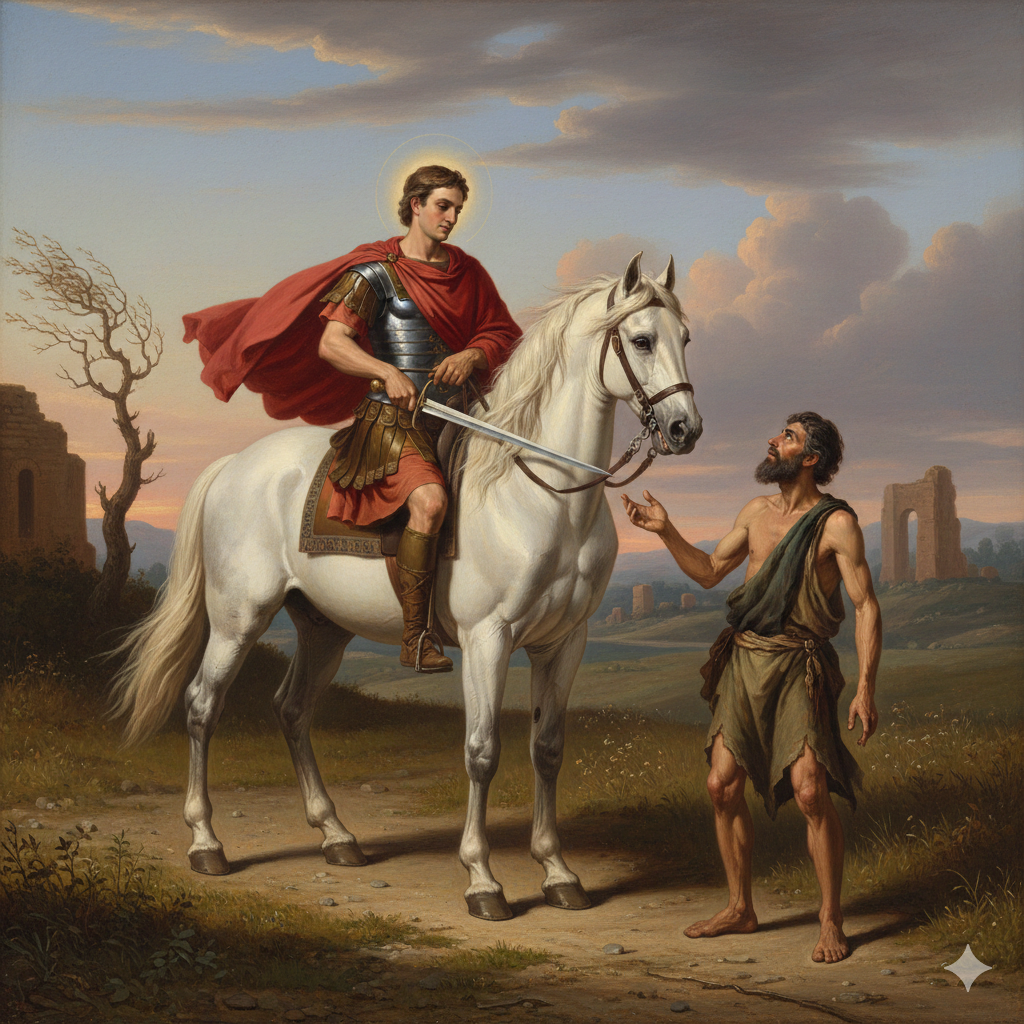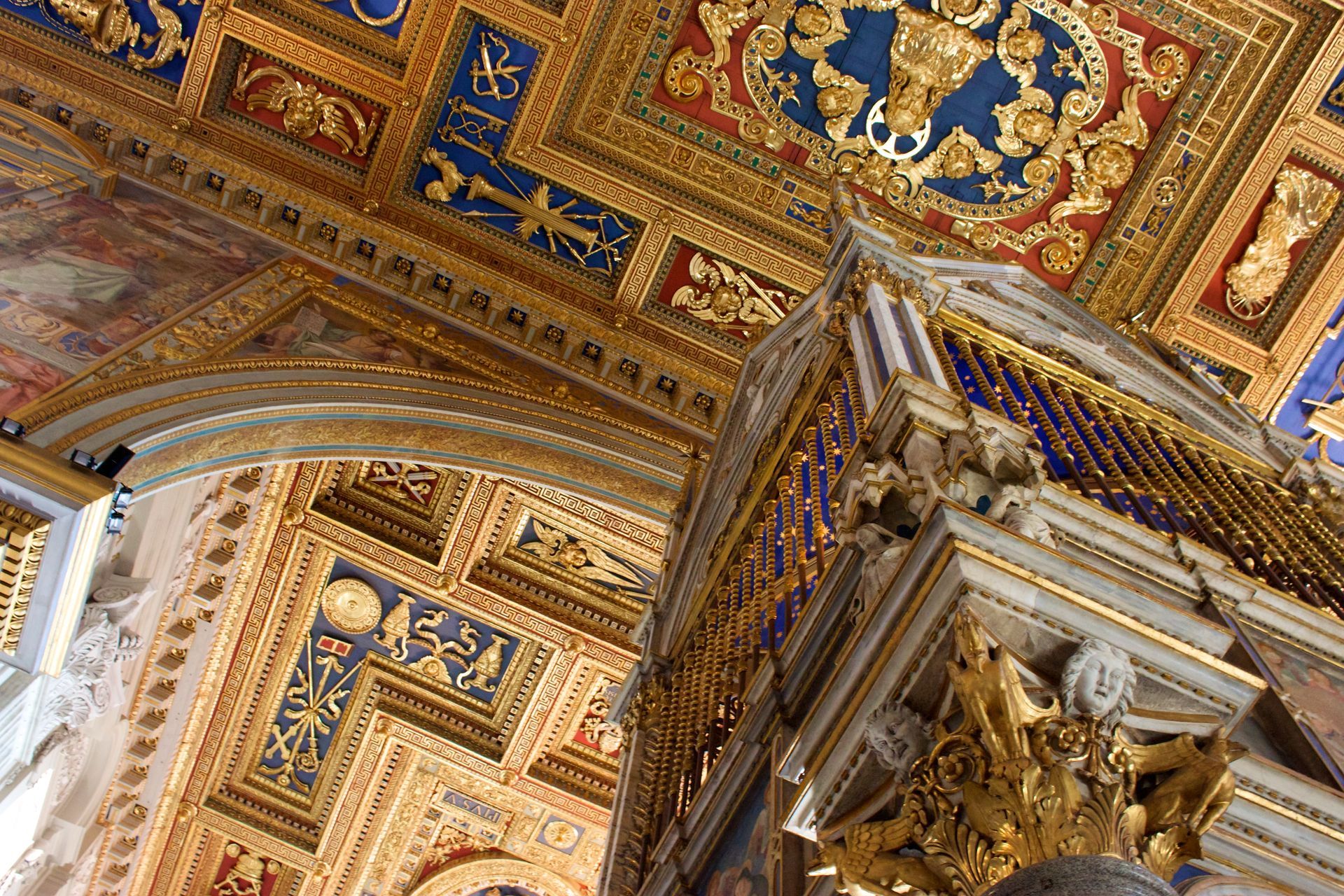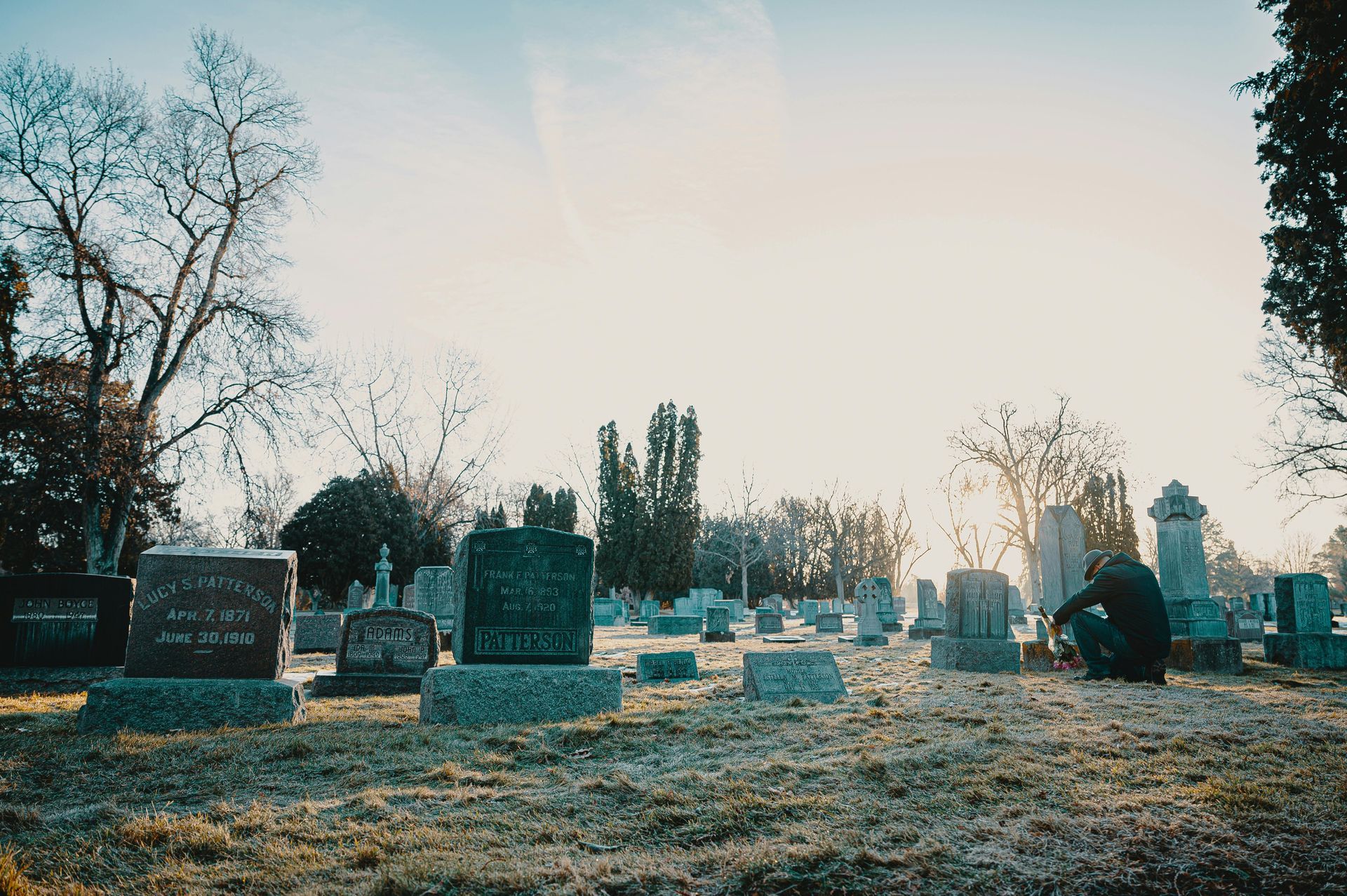Resurrection and Divine Mercy
The Second Sunday of Easter ends the Easter Octave. The Second Sunday of Easter was once called “Dominica in albis,” (Sunday in white) because it was on the eighth day the newly baptized at the Easter Vigil finally took off the white robes they were given at the baptismal font. They were considered as fully baptized and proficient in faith.
Octave, which comes from the number eight in Greek, has a symbolic meaning in the Bible. It means accomplishment, fullness, and beginning of new reality. When eight is mentioned it means something new or complete. God created the world in seven days and on the eighth day, the new world started to function. New creation, the harmony created out of chaos, began to function. Thus, every important event and feast has an octave to prolong and celebrate it to the fullness. After the octave it is accomplished. Number eight was significant for Jews as well. New babies must be presented in the temple on the eighth day after the birth. Many purifications, circumcisions, and offerings were prescribed on the eighth day in the Hebrew culture and faith.
We always read the gospel about Jesus and Thomas the second Sunday of Easter. Thomas doubted the resurrection of Jesus but his personal encounter with the Lord healed his unbelief. It is meaningful that Jesus met and reconciled with doubting Thomas on the eighth day after his resurrection. It is a beautiful message to all of us who doubt and hesitate to follow Jesus to the fullness.
Today ends the Easter Octave. We must believe to the fullness and spread the message of resurrection to the whole world. The Second Sunday of Easter is also celebrated as Divine Mercy Sunday. This feast is one of the newest and has been
celebrated in the Church for twenty-four years. On Divine Mercy Sunday, April 30, 2000, Pope John Paul II canonized Saint Faustina Kowalska and dedicated the World to God’s Mercy. The same day, the Pope declared the Second Sunday of
Easter as "Divine Mercy Sunday.”
In his Bull, Misericordiae Multus, introducing the Jubilee Year of Mercy (2015), Pope Francis calls Jesus Christ “the face of the Father’s mercy.” According to Pope Francis, Mercy does not mean forgiveness of sins and mistakes. It is rather about
practicing the ‘works of mercy.’ Mercy means love in action. When we practice the ‘works of mercy,’ love in action, we
continue the mission of Jesus and are called “the face of the Father’s mercy” as well. The Pope challenges us to go to the people to practice charity. As Christians we are not just called to pray and enjoy our relationship with God, we are called to be for others and practice mercy. “I desire mercy, not sacrifice” (Mt 9:13).
Divine Mercy Sunday reminds and encourages us to proclaim the resurrection of Jesus not just with words but to practice it with works of mercy. It is more authentic and meaningful when we practice what we believe. Divine Mercy message
encourages us to be “the face of the Father’s mercy” for those who are in need. Let’s make an effort and find those who are in need of God’s mercy at St. Martin of Tours.
“All grace flows from mercy, and the last hour abounds with mercy for us. Let no one doubt the goodness of God; even if a person’s sins were as dark as night, God’s mercy is stronger than our misery … One thing alone is necessary; the sinner set ajar the door of his heart, be it ever so little, to let in a ray of God’s merciful grace, and then God will do the rest.”
(The Diary of St. Maria Faustina Kowalska, 1507)
Fr. Andrzej










